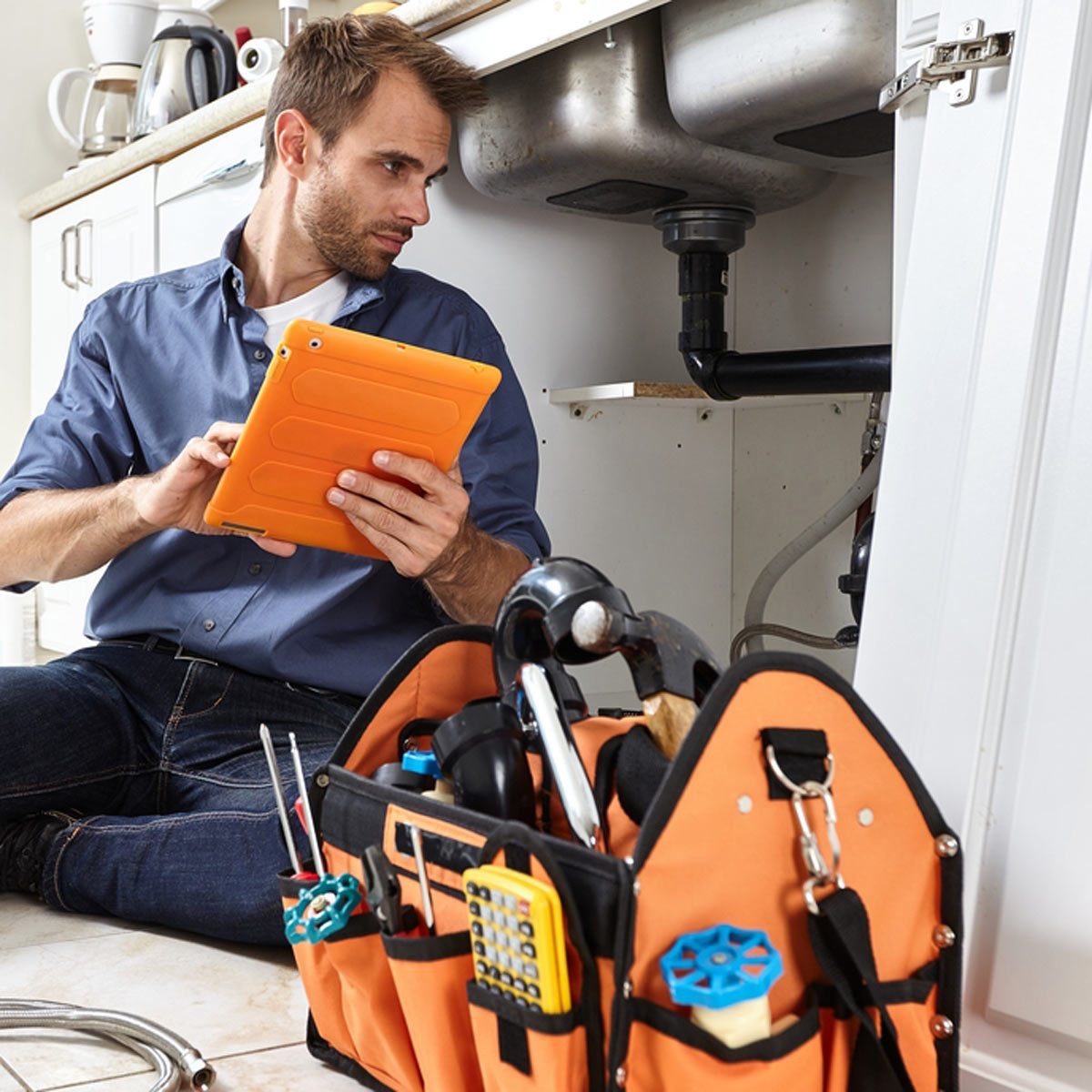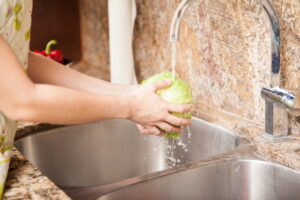Deciding Between Do It Yourself Plumbing and Qualified Services: How to Consider
Deciding Between Do It Yourself Plumbing and Qualified Services: How to Consider
Blog Article
What are your thoughts and feelings on DIY vs. Professional Plumbing Repairs: When to Call a Pro?

Introduction
Plumbing issues can range from minor hassles to significant frustrations, commonly motivating home owners to decide between tackling the problem themselves or contacting an expert plumbing. Knowing when to do it yourself and when to look for professional help can save time, money, and protect against possible calamities. This write-up checks out the elements to take into consideration when making this important decision.
Advantages of DIY Pipes
Handling pipes jobs yourself can be fulfilling in a number of ways, especially for simpler jobs.
Cost Financial savings
DIY pipes tasks frequently save cash by preventing expert service fees. Tasks like fixing small leaks, changing faucets, or mounting new showerheads are instances where home owners can deal with repairs without working with a plumbing professional.
Skill Improvement
Participating in do it yourself pipes provides a possibility to learn and boost sensible abilities. Fundamental tasks empower homeowners to understand their pipes systems much better and gain self-confidence in handling small repairs individually.
Risks of DIY Plumbing
While DIY jobs use benefits, particular risks must be thoroughly considered prior to attempting fixings.
Complexity of Tasks
Some pipes concerns require specific expertise and devices past typical property owner abilities. Messing up intricate troubles can lead to more damages and pricey fixings.
Safety Concerns
Working with plumbing systems includes threats such as direct exposure to water damages, capacity for electrical risks, and dealing with tools incorrectly. Security safety measures have to be observed to stop mishaps and make sure efficient repair work.
Indicators to Call an Expert Plumbing Technician
Acknowledging when a plumbing concern exceeds do it yourself abilities is important to preventing getting worse issues.
Signs of Facility Problems
Instances consist of:
Prompt specialist intervention is required to address these issues efficiently and decrease damages.
Do It Yourself Plumbing Tips
For successful do it yourself pipes, it's vital to be prepared with the right tools and comply with proper procedures.
Standard Tools and Products
Secret devices for do it yourself plumbing:
Step-by-Step Guides
Clear guidelines make sure risk-free and efficient DIY repairs:
Selecting the Right Time to Do It Yourself
Identifying when to take on plumbing tasks on your own needs examining both the complexity of the issue and personal convenience degrees.
Evaluation List
Think about:
When to Certainly Call an Expert
Certain scenarios demand immediate skilled focus to prevent substantial damage or security hazards.
Examples include:
Searching for and Working With a Professional Plumbing Technician
Picking a certified plumbing professional guarantees trusted solution and peace of mind in solving plumbing concerns.
Criteria for Selection
Factors to take into consideration:
Cost Evaluation: do it yourself vs. Specialist Services
Contrasting the monetary ramifications of do it yourself initiatives versus specialist pipes solutions aids in making informed decisions.
Financial Considerations
Examine:
Conclusion
Choosing whether to DIY or call an expert plumber hinges on recognizing the complexity of plumbing problems and individual abilities. By evaluating the advantages and threats, homeowners can make enlightened choices that advertise efficient upkeep and guard their homes from plumbing disasters.
DIY Plumbing Projects: What Homeowners Can Do and When to Call a Professional
Welcome to our comprehensive guide on DIY plumbing projects. In this blog post, we aim to empower homeowners with the knowledge and skills to tackle basic plumbing tasks around the house. From unclogging drains to fixing a leaky faucet, we’ll walk you through step-by-step instructions on how to handle these common issues.
However, not all plumbing problems can or should be solved with a DIY approach. Recognizing when a problem is beyond your skill level and requires professional intervention is just as important as knowing how to perform basic tasks. We’ll also discuss the signs that indicate it’s time to put down your tools and pick up the phone to call a professional plumber. By understanding when to DIY and when to call a professional, you can save time, avoid potential disasters, and ensure your home’s plumbing system remains in top shape.
Understanding Plumbing Basics
Before we dive into the DIY projects, let’s take a moment to understand the basics of your home’s plumbing system. A typical residential plumbing system consists of two major components: the water supply system, which brings fresh water into your home, and the drainage system, which removes waste water. These systems are made up of a network of pipes, valves, and fixtures that work together to deliver clean water and dispose of waste efficiently.
Regular maintenance of your plumbing system is crucial to prevent minor issues from escalating into major problems. This includes tasks like checking for leaks, removing minor clogs, and ensuring your pipes are insulated for winter. By performing these tasks regularly, you can extend the lifespan of your plumbing system, save money on water bills, and maintain the comfort and hygiene of your home.
In the following sections, we’ll explore some common DIY plumbing projects that homeowners can handle, as well as situations that require the expertise of a professional plumber. Whether you’re a seasoned DIY enthusiast or a beginner, this guide will provide you with valuable insights into the world of home plumbing.
DIY Plumbing Projects Homeowners Can Handle
Plumbing may seem intimidating, but there are several tasks that homeowners can confidently tackle with a little guidance and the right tools. Here are a few common issues you might encounter and how to address them.
Unclogging Drains
Use a Plunger: This is your first line of defense. A good old-fashioned plunger can dislodge the obstruction and clear the drain in many cases. Try a Plumber’s Snake or Hand Auger: If the plunger doesn’t work, a plumber’s snake or hand auger can reach deeper into the pipe to break up the clog. Use a Drain Cleaner: If physical methods fail, a chemical drain cleaner can dissolve the clog. However, use these products sparingly as they can damage your pipes if overused.

I was shown that report on When to DIY and When to Call a Professional Plumber through an acquaintance on another web address. Those who enjoyed reading our blog posting if you please make sure you remember to share it. Thanks for going through it.
Schedule An Appointment Report this page